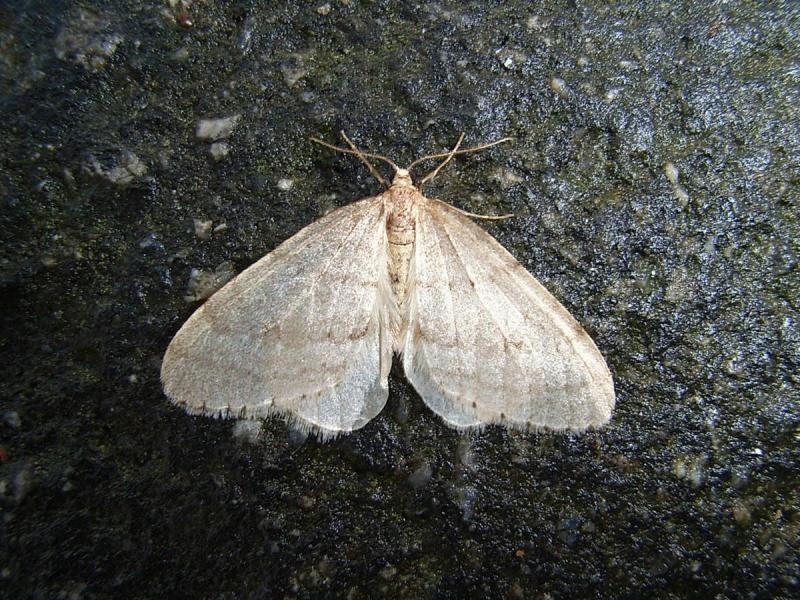Gypsy moths invade tri-town
The moths are everywhere. Fluttering around trees in your backyard. Flying into your windshield. Beating on the back door. But the big problem, experts say, is likely yet to come.
The fluttering horde is made up of gypsy moths, newly hatched from what is being described as the worst outbreak of the leaf-eating caterpillars since 1981.
Now, emerged from their cocoons, the moths are looking for mates and laying eggs – so that even more little worms can chomp on your trees next year.
The moths begin their lives as larvae, according to the University of Massachusetts Amherst Center for Agriculture, Food, and the Environment. A female gypsy moth typically lays about 600 eggs at a time, and the eggs usually hatch in early May.
The larvae complete several moults, then pupate toward the end of June. They emerge two weeks later as adult moths. The gypsy moth mating season usually continues until late July to early August.
The main reason for the severe outbreak this year is a lack of rain, causing the biggest gypsy moth outbreak since 1981, according to University of Massachusetts Amherst entomology professor Joseph Elkinton.
Gypsy moths are not indigenous to North America, and were brought here by a French scientist in 1869. The moths escaped from a laboratory in Medford and have been causing trouble ever since. While most insects play a vital role in our ecosystem, the gypsy moth has no ecological benefit. They’re strictly pests, according to Mattapoisett Tree Committee Chair Sandy Hering.
“Gypsy moths have been a real problem in various spots in the state,” she said. “I would say here on the South Coast we have pockets that are very bad.”
And residents have taken notice.
“The Tree Committee hasn’t received any specific complaints about it,” Hering said. “But at Harbor Days I heard people complaining about them flying around.”
While Mattapoisett hasn’t had any official complaints, Marion Tree Committee Chair Margie Baldwin said she had.
“I’ve had a few calls,” Baldwin said.
At Marion’s Fall Town Meeting, voters approved spending $10,000 in the event the Tree Committee needed to spray trees to kill larvae. However, according to Baldwin, the committee decided that wasn’t necessary this year.
The one natural enemy of the caterpillars is the fungus entomophaga maimaiga, one that grows naturally and affects the gut of the caterpillars, thus acting like a natural insecticide to control gypsy moth outbreaks.
“We asked for money to monitor the eggs, and it wasn’t as bad as last year,” she said. “But the problem is we haven’t had any rain, so the fungus can’t grow. It could be bad next year.”
According to Hering, the moth outbreaks in the 80s were horrible, but got better as the fungus started to affect them.
“Now, for whatever reason, it has gotten bad again,” she said.
At this point in the season, it’s too late to control the outbreak. Once the caterpillars turn into moths, they stop eating and concentrate on laying eggs, which will hatch in the spring.
“We can’t do anything until next spring when they hatch,” Baldwin said. “You have to exactly monitor the time of it.”
Baldwin anticipates that the committee will again ask for money in case it needs to spray the trees to combat the moths come spring.
There are several options for homeowners to protect their shade trees from gypsy moths.
Elkinton recommends hiring a professional to apply pesticides to trees in early May just before eggs begin to hatch. It can be pricey, however.
“It’s expensive, but so is cutting down a dead tree,” Elkinton said.
Experts recommend inspecting trees for signs of gypsy moth egg masses during the fall and winter and removing them.
Officials in Rochester could not be reached in time for printing.













